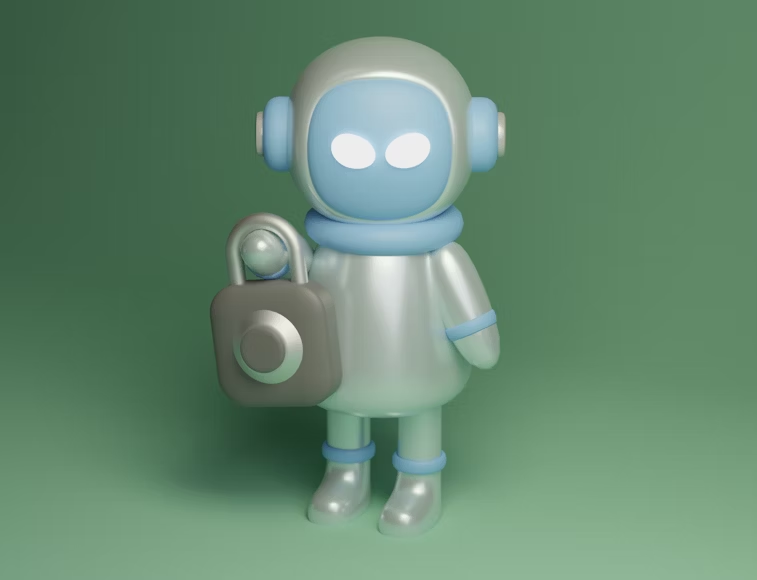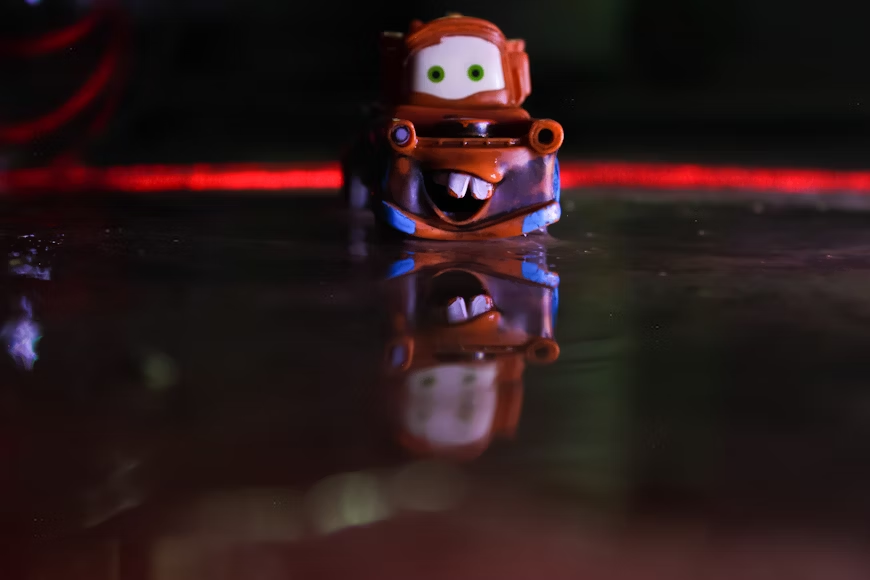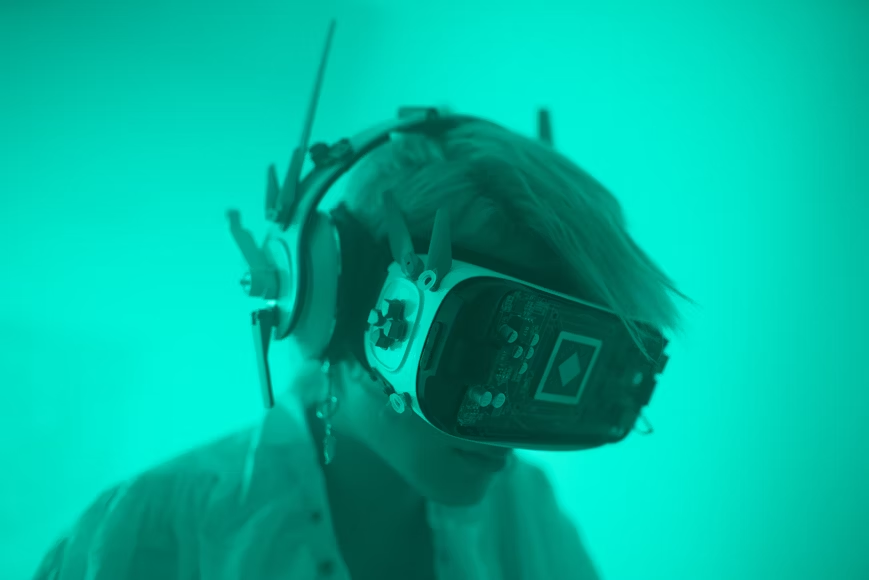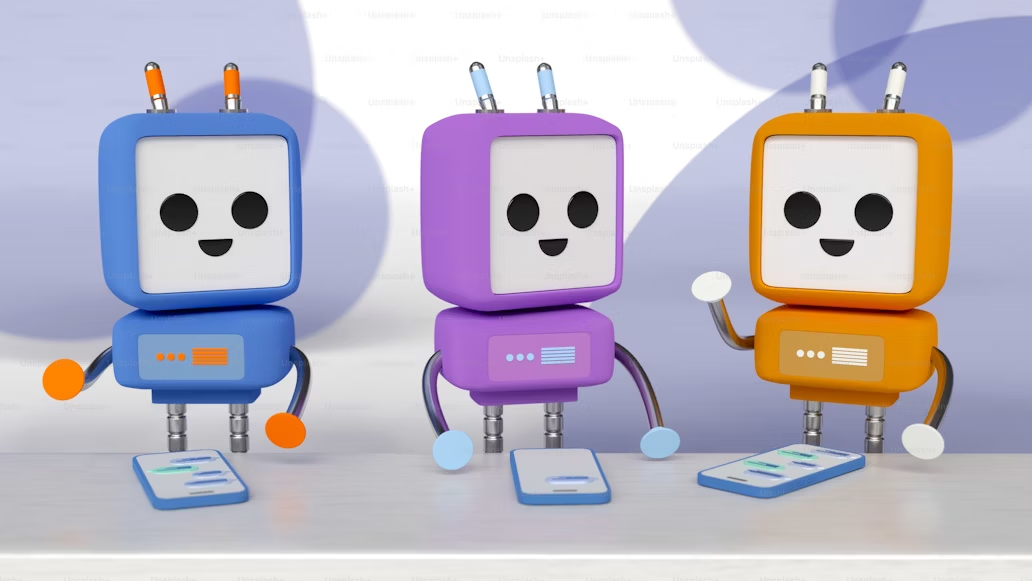Introduction
Artificial Intelligence Robotics has become a disruptive force in the quickly changing technological world, changing workflows, redefining human capacities, and restructuring industries. Robotics is the design, building, and operation of machines that can do tasks either fully or partially on their own. It combines mechanical engineering, electrical systems, and computer programming. Robotics is fostering innovation and efficiency across a wide range of industries, from home assistance to healthcare and from industrial automation to space research.
The history, elements, applications, present developments, difficulties, and prospects of the area of robotics are all thoroughly examined in this article.
A Brief History of Robotics
The idea of robotics has existed since antiquity. A mechanical knight, a humanoid automaton with the ability to sit, wave, and move its head, was created by Leonardo da Vinci in 1495. However, Czech author Karel Čapek coined the term “robot” in 1920 with his play R.U.R. (Rossum’s Universal Robots). The Czech word ‘robota’, which means ‘forced labour’, is where the word originated.
The 20th century saw the emergence of modern robotics, especially in the 1950s. The first industrial robot, Unimate, was set up at a General Motors facility in 1961 to carry out repetitive welding duties. Since then, the integration of sensor technologies, machine learning, and artificial intelligence (AI) has led to an exponential growth in robotics, making robots more intelligent and versatile.
Key Components of Robotics
Despite their many shapes and purposes, robots have a few things in common:
Mechanical Structure: This refers to the robot’s actual frame, which includes its arms, wheels, tracks, and legs and is designed to meet the needs of its particular use.
Sensors: These enable robots to sense their surroundings. Light, sound, distance, temperature, pressure, and other elements can all be detected using sensors.
Actuators: Actuators allow robots to move or manipulate objects by converting electrical energy into mechanical motion.
Control System: This is the “brain” of the robot, which is often a computer or microcontroller that interprets sensor data and manages actuators.
Power Supply: Robots can run on solar power, batteries, or electrical outlets.
Software: coding and algorithms that govern a robot’s actions, ranging from basic preprogrammed tasks to AI-powered judgement.
Applications of Robotics
There is use for robotics in many different fields and industries:

1. Manufacturing and Industry
The use of robots in industrial automation has become essential. They work quickly, accurately, and efficiently on jobs including welding, painting, assembling, and packaging. On production lines, robotic arms have decreased human error, cut expenses, and boosted output.
2. Healthcare
Robots are used in healthcare to help with patient care, diagnostics, rehabilitation, and surgery. Da Vinci and other surgical robots provide more precise, least invasive treatments. Exoskeletons and robotic prosthetics help patients regain their movement, and robots also help with medication administration and elder care.
3. Agriculture
Crop monitoring, harvesting, weeding, and seeding are all automated by agricultural robots. Autonomous tractors and drones increase output while lowering environmental impact and human labour.
4. Military and Defense
Military robots are employed for combat support, surveillance, bomb disposal, and reconnaissance. Ground robots and unmanned aerial vehicles (UAVs) improve operational effectiveness and safety.
5. Space Exploration
Robots are used by NASA and other space agencies to conduct exploration in hostile and inaccessible areas. Autonomous robotic explorers include the Mars rovers Curiosity and Perseverance.
6. Domestic and Personal Use
Robots have made their way into homes as personal assistants, lawn mowers and hoover cleaners (like the Roomba). Pepper and Jibo are examples of social robots that interact with humans by recognising speech and emotions.
7. Logistics and Retail
Robots are used in warehouses by companies such as Amazon to sort and move goods. Drones and autonomous delivery robots are being tried for last-mile deliveries as well.
Recent Advancements in Robotics
Because of developments in material science, artificial intelligence, and machine learning, the area of robotics is changing quickly:
Collaborative Robots (Cobots): Cobots, or collaborative robots, are robots that work side by side with people, sharing workplaces and tasks.
Soft Robotics: These flexible-material robots can perform delicate tasks, particularly in the medical industry, by imitating organic beings.
Humanoid Robots:
Sophia and Atlas: Usage in Entertainment, Customer Service, Research
- Designed to mimic human movement.
AI Integration: AI enables robots to make judgements, identify patterns, and learn from experience.

Benefits of Robotics
Increased Efficiency: Compared to humans, robots complete repetitive activities more quickly and accurately.
Enhanced Safety: Because robots may operate in hazardous conditions, human workers are less at risk.
Cost Reduction: Over time, automation raises productivity and lowers labour costs.
ConsisPrecision: Robots guarantee consistent production quality and accurate surgical techniques.
Challenges and Concerns
Notwithstanding its advantages, robots present certain difficulties as well:
Job Displacement: Automation poses a threat to replace some manual and repetitive professions, which raises unemployment concerns.
Ethical and Legal Issues: Autonomous decision-making presents ethical challenges, particularly for healthcare and military robots.
Security Risks: Internet-connected robots could be subject to hacking or cyberattacks.
High Initial Costs: Small enterprises and impoverished countries may not be able to afford the high costs associated with designing, developing, and maintaining robots.
The Future of Robotics
Robotics promises to continue to advance and become more integrated into our daily lives in the future.
Human-Robot Collaboration: Intelligent robots and people will work together more closely in the workplace of the future.
Fully Autonomous Vehicles: Driverless automobiles powered by robotics will revolutionise transportation by lowering accident rates.
Healthcare Revolution: Driverless automobiles powered by robotics will revolutionise transportation by lowering accident rates.
Education and Learning: Robots will improve telemedicine, personalised treatment, and senior care.
Sustainable Development: By adjusting to each student’s needs, robots could serve as tutors or learning partners.
Robots will continue to develop, becoming more intelligent, flexible, and self-sufficient as processing power increases and AI algorithms become more sophisticated.




